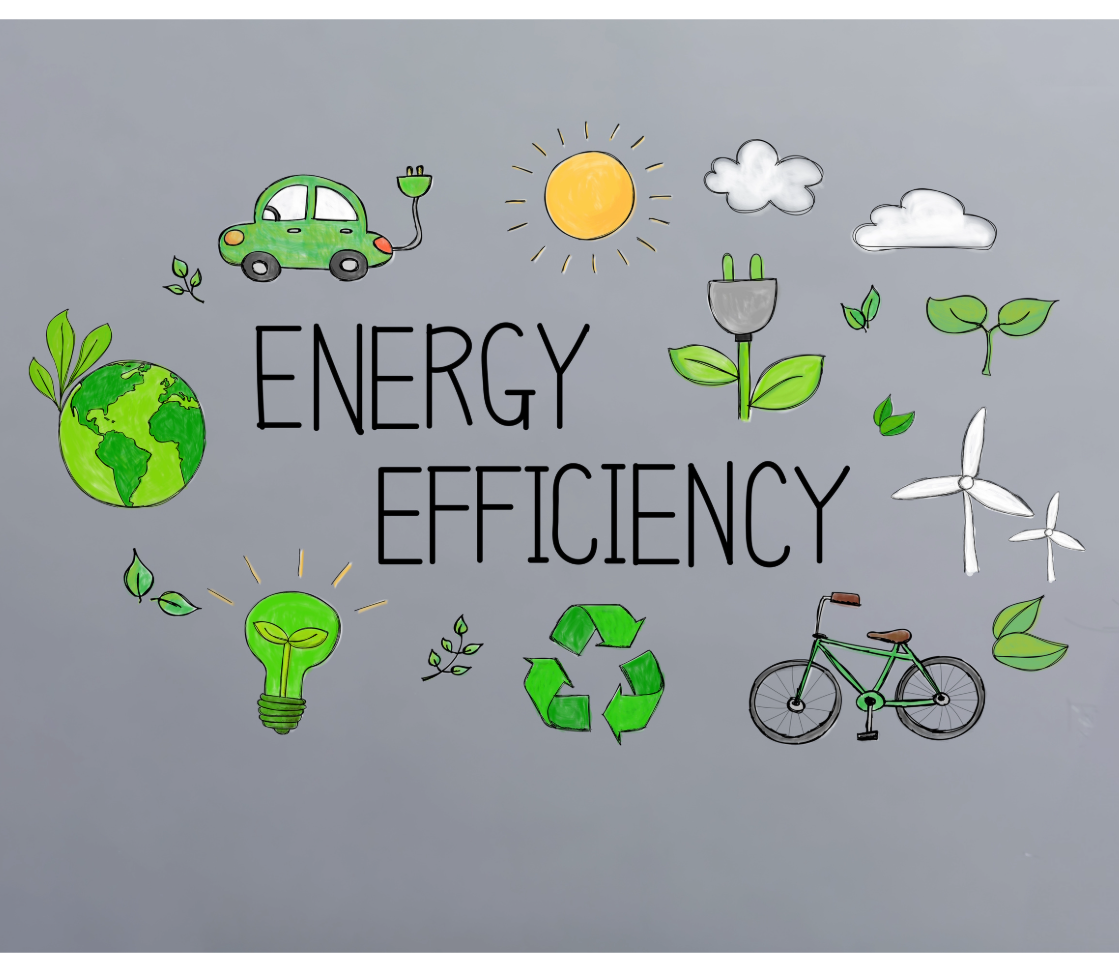
Cory Fuehrer
Nebraska Public Power District Energy Efficiency Program Manager
Dawson PPD, along with its wholesale partner Nebraska Public Power District, is committed to maximizing the value of their energy purchases in a cost-effective manner. To understand its importance in all of our future, we need to examine where energy efficiency began.
As intelligence evolved, energy efficiency included finding easier ways to get work done. For example, the invention of the wheel was an early advance in energy efficiency. Fire is the oldest major source of energy controlled by humans. Its earliest uses began with and grew from cooking to heating of dwellings, clearing land, baking pottery and casting metal. Controlled fires required a considerable amount of effort for gathering fuel, so efficiency arose in the use of fuel.
Around the start of the 18th century, fire powered the first steam engine. Its development was revolutionary since, for the first time, fire could produce mechanical work. It also gave rise to searching for ways to achieve higher efficiency. This scientific discipline eventually evolved into what we now call mechanical engineering.
Only a few decades later, practical use of electrical power emerged, and by the end of the 19th century, humans began to produce more and more electricity to power incandescent lights and motors. Shortly thereafter, the invention of innumerable small machines and labor-saving devices made electricity a ubiquitous commodity. By the beginning of the 20th century, energy consumption per capita was accelerating.
The 1973 “energy crisis” brought the realization that energy sources might not keep pace with mankind’s ability to use energy. Energy efficiency as we know it today began and was called “conservation” with the concept of “Just Use Less.” Congress established the Department of Energy in 1977 to diversify energy resources and promote conservation. The electric industry began to see efficiency as an energy resource whose avoided cost is less than building another power plant or procuring in the wholesale market to meet customer demand.
Efficiency programs began to yield market impacts beyond cost-effective energy savings. On March 15, 1992, the U.S. Environmental Protection Agency launched the ENERGY STAR® brand to help customers recognize high efficiency options. Around the same time, performance contracting began to provide access to needed capital and services for building energy performance improvements.
Recognizing that efficiency provided benefits beyond just saving energy, utilities began ramping up programs shortly after the start of the current millennium. Non-energy benefits such as managing electrical demand, increasing electric grid resilience and reliability, creating jobs, advancing technology and reducing greenhouse gas emissions became apparent.
Electrification is also a form of energy efficiency. As cited in Forbes, on Nov. 9, 2023, “Transitioning from a fossil energy system to a fully electrified one could cut up to 40% of final energy consumption. In buildings, for example, Artificial intelligence-driven technologies can save up to 20% in a building’s energy costs by combining building, weather, and user data to predict heating and ventilation demand. Load-shifting can also be automated to cool supermarket freezers down to a much lower temperature than required outside the peak demand hours. When peak demand periods occur, refrigeration is switched off and the freezers effectively operate like a battery storing energy.”
In homes, air-conditioning systems can be operated in a similar way to provide energy demand reductions during peak periods while still maintaining indoor comfort.
Going forward, efficiency will be increasingly recognized for its financial and strategic value. There is a renewed focus on getting the most economic value from each unit of energy. Renewable generation will continue to grow, as well as energy storage, demand management and re-using waste heat.
For years, Dawson PPD, in partnership with NPPD, has been dedicated to safely generating and delivering reliable, low-cost, sustainable energy and related services, while providing outstanding customer service.
For additional ideas on ways you can make cost-effective efficiency improvements to your home or business, visit our rebates page or call 308-324-2386.
OTHER NEWS
Dawson PPD plans substation work
Two rural Dawson Public Power District substations will be getting upgrades after the 2024 irrigation season. Sub 26, located southwest of Gothenburg, will be upgraded as part of a voltage conversion. Sub 35, located northeast of Gothenburg, is being improved to...
Dawson PPD’s board considers contract, load growth
Dawson Public Power District’s regular board meeting was held on July 3, 2024. Darin Bloomquist, General Manager of the Nebraska Electric Generation & Transmission Cooperative, gave an update on the organization’s work....
A day in the life of a consumer accounting representative
Have you ever wondered what happens behind the scenes when you call or visit Dawson PPD headquarters? Consumer Accounting Representatives (CARs) wear many hats, juggling multiple tasks throughout the day to keep things running smoothly.


